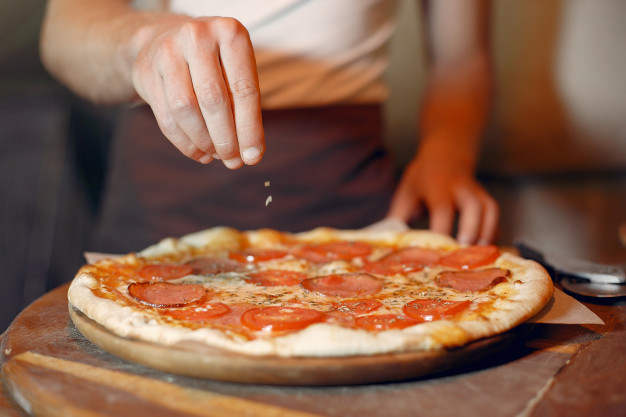As commercial kitchen planners, we’re always fascinated by the culinary world and its various faces across the planet. Food is a universal component that unites us irrespective of our spatial differences. So we were exploring the various challenges a commercial kitchen faces in the snowy wonderland of Antarctica, and we found some fascinating details. How do you cook in a land where nothing grows, for instance, and how do you cook at a negative temperature? This blog is a fun read on what goes into cooking in Antarctica.

Go Big Or Go Home:
The first thing you have to know about running a kitchen in Antarctica are the numbers. Several thousand people live on a tiny section of the continent and the only method of receiving goods onshore is via ships or military planes in summer when the planes can land on the ice. And in order to feed these several thousand people, orders have to be placed with organizations and caterers well over a year in advance. Nearly 10,00,000 meals have to be planned out in advance by one of the biggest stations at Antarctica, McMurdo Station to feed their 1000-odd residents, staff and technicians. This means procuring kitchen equipment on an unimaginable scale. Giant fryers and cookers, colanders the size of bats, and so on.
Food From Afar:
The most interesting part about food in Antarctica is the cuisine. Despite being a barren land, the research stations in Antarctica get access to the world’s best chefs and shipping containers with gourmet selections. However, they also have to ration their food since there are only so many options for shipping as the year goes by. Another interesting observation is that a lot of the food that arrives to Antarctica very likely goes past its expiration date by the time it gets there, but the food is able to stay relatively fresh for a much longer period of time thanks to the cold.
In Antarctica, refrigerators are actually used to thaw and in some cases even mildly heat up food, since the outside temperatures are far colder than a fridge. In some cases, the food itself manages to cool down the storage units, which is when thawing happens. So even if food goes past the expiration date, you don’t really have to worry so much about falling sick. After all, even in general, expiration dates are a suggestion and not a mandatory guideline. The expiration dates hence become arbitrary, with people frequently consuming “expired” food in the galleys. In inventory from some of the oldest explorers of the Antarctic, one can find records of condiments and even products from the 20th century, rotting away much slower than it normally would elsewhere.
So finally, what do the people in Antarctica eat? Mostly frozen vegetables and fruits along with lots and lots of frozen meat. Apart from that, food in Antarctica is very carb-heavy with lots of rice, pasta, and wheat-based items. Fatty foods also play a large part in Antarctican diets. Some of the more resource-abundant stations on Antarctica have more sophisticated equipment; Coleman grills and pizza ovens are commonplace among the bigger stations like McMurdo. So it isn’t to say that Antarctica is exactly food starved. And for those living in their own research stations, cooking on the scale of commercial kitchen design and planning might not be possible but they do have the capability to operate their own private grills, steamers, and fryers on their own without external supplies.
Only once a year does Antarctica actually get fresh food. Known across the continent as freshies, fresh food arrives on military planes when the ice is sturdy enough for planes to land on the ice.
Overall, Antarctica is a hugely interesting case study for a commercial kitchen planner like HPG.